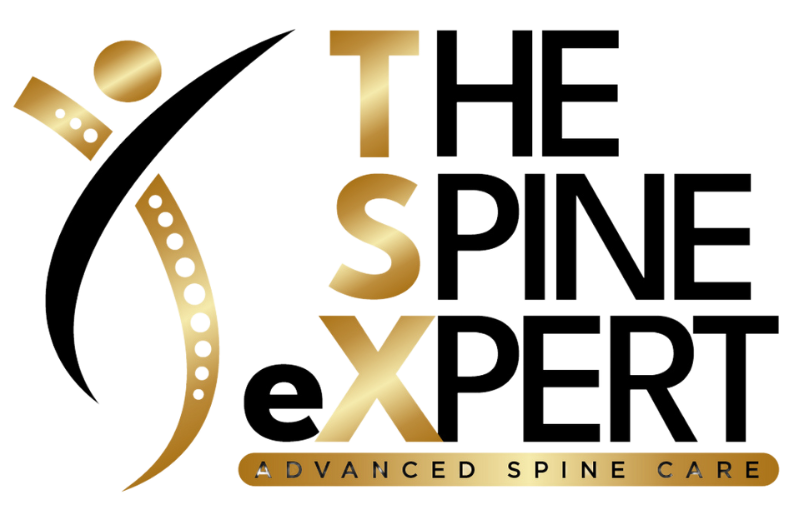Microdiscectomy

Introduction
A microdiscectomy is a minimally invasive surgery that is used to treat a slipped disc in the spine. When a disc in the spine moves from its natural position, it can press on nearby nerves, causing pain and numbness, which often radiates to the legs. A minute incision is made in the back, and specialized instruments are used to remove the part of the disc that is impinging the nerve.
This surgery is commonly performed for disc herniation in the lower back. It is also effective in relieving sciatica pain. Recovery times are much shorter than traditional open surgery. Most patients experience are pain-free within days or weeks. Physiotherapy is recommended post-surgery to help restore strength to the back muscles.

Why is it performed?
Majority of times microdiscectomy is performed as a treatment of herniated disc. Sciatica occurs due to compression of spinal nerve. Sometimes, this compression results in herniated lumber disc. Most sciatica cases heal naturally. However, if it lasts for more than 12 weeks, doctors often recommend a microdiscectomy. It procedure is also beneficial in relieving chronic back pain.
How is it performed?
An incision of 1 to 1 1/2 inches over the damaged disc is made. A tiny piece of bone that shields the root nerve is removed. The surgeon relieves the strain on the nerve by removing the injured herniated tissue using a tool that resembles scissors. The stitches are used to seal the incision.
Possible complications
Complications with microdiscectomy are quite uncommon because the procedure is generally safe. But there are potential hazards, just like with any surgery. These consist of:
- Cerebrospinal fluid leak (occurs in 1- 7% of surgeries)
- Nerve root damage
- Loss of control on Bowel/bladder
- Bleeding and infections
